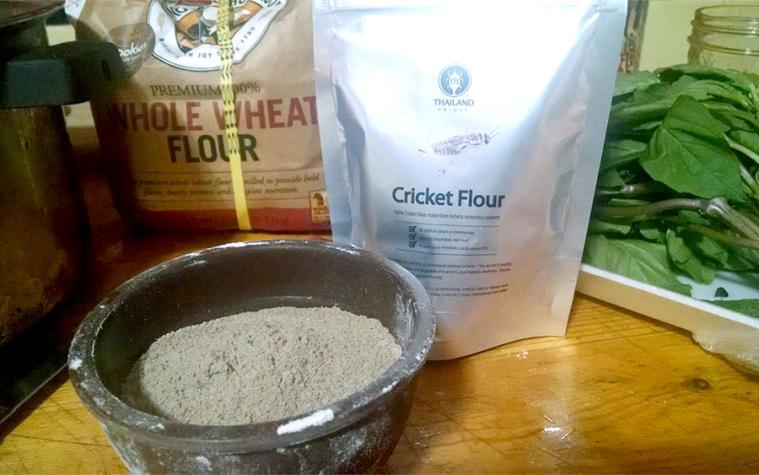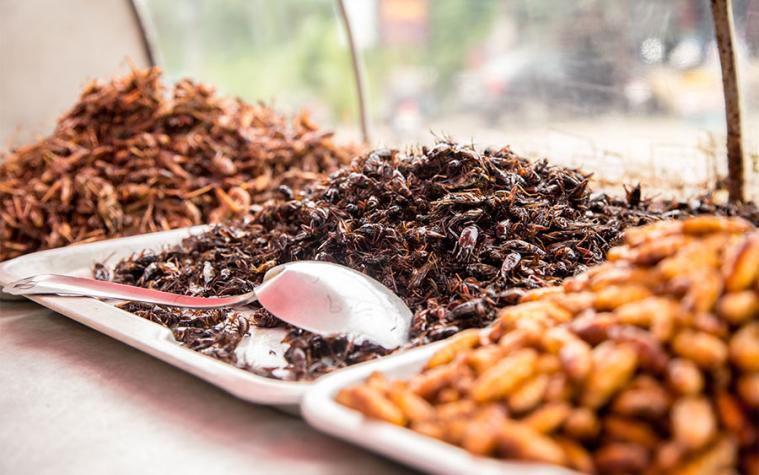KANSAS CITY, Mo. – More than a quarter of the world’s population already eats insects as a protein source. You may find these unusual delicacies in your future, too, says University of Missouri Extension field horticulturist Tamra Reall.
If you doubt that you will ever eat insects, keep in mind that you probably already do, says Reall. “We all eat insects, whether we do it intentionally or not.” The Food and Drug Administration allows a small amount of bug fragments in food supplies, since it is almost impossible to completely eliminate insect contamination in the food supply.
Acceptance of entomophagy, or eating arthropods, is low in the United States, Reall says. But look for numbers to grow as efforts are made to feed the growing world population.
Most edible insect species have nutritional yields comparable to conventional meat on a per-gram basis, according to the National Institutes of Health.
Insects contain a combination of two essential macronutrients: proteins and fats. They also have significant vitamin, fiber and mineral content unique to each insect species.
Edible insects fall into eight main orders: Coleoptera (beetles), Diptera (flies), Hemiptera (cicadas, stink bugs), Hymenoptera (bees, wasps, ants), Lepidoptera (butterflies, moths), Blattodea (cockroaches and termites), Odonata (dragonflies), and Orthoptera (crickets, grasshoppers, locusts).
Traditional cooking methods such as boiling, roasting and sun-drying are popular options.
Archeologists discovered evidence that indicates entomophagy was practiced dating back to when early primate mammals in South Africa used tools to dig into termite mounds. In many cases, the practice declined as countries became more industrialized, but it has remained mainstream primarily in warm climates.
“If the idea of eating an insect makes you queasy, consider a more visually appealing alternative,” says Reall. Many insects can be dried and ground into a powder to be used in a variety of recipes from cookies to sauces. “The recipe will taste the same, yet you’ll benefit from the increased nutrition.”
Powdered insects, in the form of flour, can be purchased at specialty stores and on the internet, she says. Unfortunately, it is expensive at this point due to limited production and market demand.
Growing interest in entomophagy and entomoculture may create new jobs in agriculture, says Reall. A few small controlled-environment producers in the United States raise mealworms and crickets to feed poultry and animals. Only one commercial cricket farm in Austin, Texas, grows insects strictly for human consumption.
For those interested in sustainable agriculture, note that insect farming requires less capital and resources than typical livestock farming. The Washington Post reported in 2024 that capital investment in high-tech hatcheries is quickly growing.
Most current insect farming has been abroad in places such as Israel where edible grasshoppers are mass-produced. Other insects are grown as part of a biological control program to manage insects that destroy and spread diseases in food crops.
For a fun video on eating insects from “Dr. Bug” (Tamra Reall), go to Kids Ask: Can We Really Eat Bugs, Dr. Bug?.

